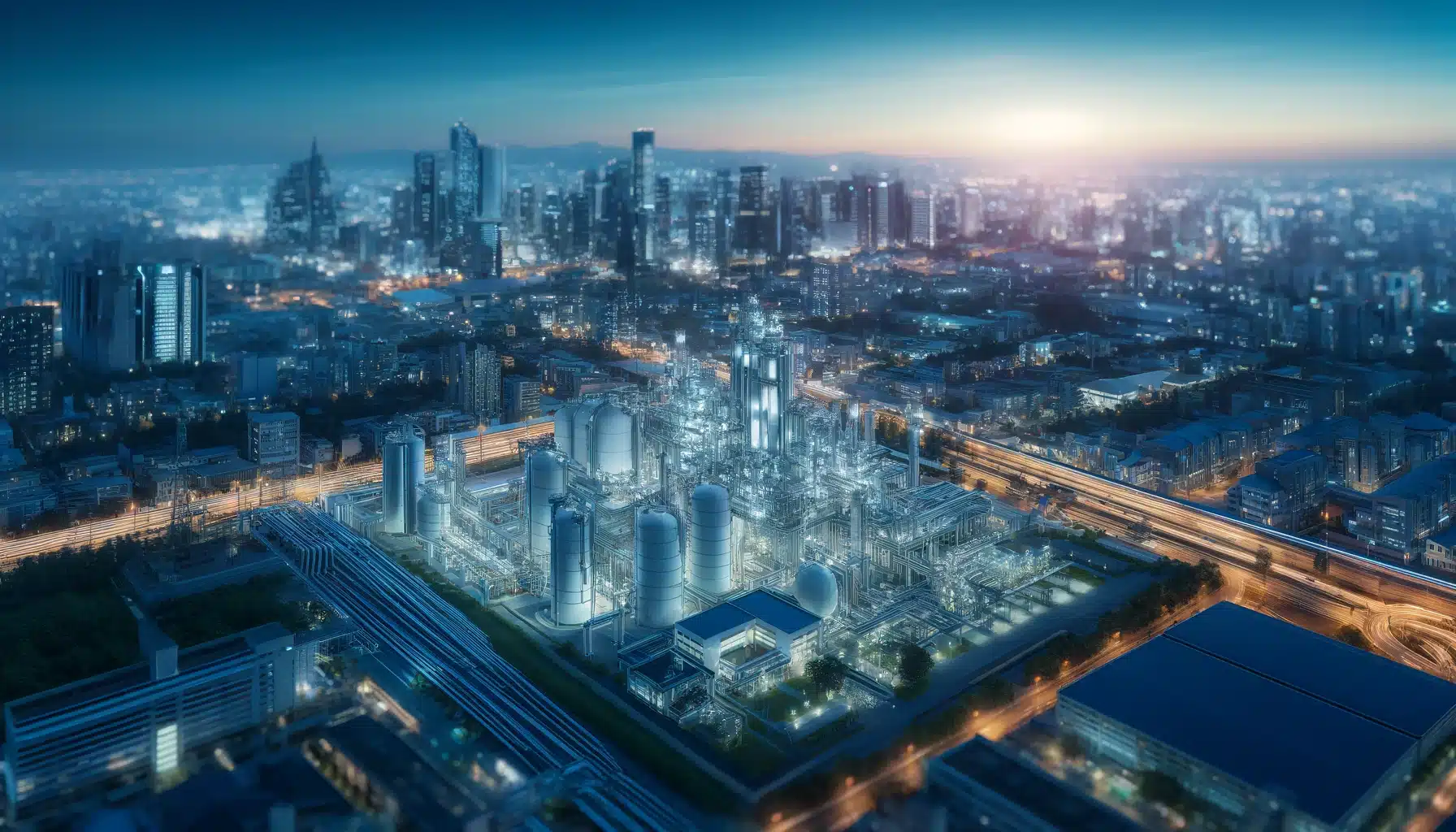
Gas pipeline construction is a complex and challenging process that requires meticulous planning and execution. From obtaining permits to ensuring environmental compliance, there are numerous hurdles that must be overcome to successfully complete a gas pipeline project. In this comprehensive guide, we will explore the various challenges involved in gas pipeline construction and provide tips on how to navigate them effectively.
1. Permitting Process
One of the first and most crucial steps in gas pipeline construction is obtaining the necessary permits from local, state, and federal authorities. This process can be time-consuming and complicated, as it involves navigating a maze of regulations and requirements. Here are some key points to consider:
Key Considerations:
- Identify all the permits required for the project.
- Understand the regulatory requirements and timelines for permit approval.
- Work closely with regulatory agencies to address any concerns or issues that may arise.
2. Environmental Impact Assessment
Gas pipeline construction can have a significant impact on the environment, including land, water, and wildlife. It is essential to conduct a thorough environmental impact assessment to identify potential risks and develop mitigation measures. Here are some steps to consider:
Steps to Follow:
- Assess the potential environmental impacts of the project.
- Develop a comprehensive mitigation plan to minimize negative impacts.
- Consult with environmental experts and stakeholders to address concerns.
3. Land Acquisition and Right-of-Way
Acquiring the necessary land and right-of-way for the gas pipeline is another critical aspect of the construction process. This involves negotiating with landowners, obtaining easements, and addressing any land use issues. Here are some tips for successful land acquisition:
Tips for Land Acquisition:
- Establish clear and transparent communication with landowners.
- Negotiate fair compensation for land use and easements.
- Develop a detailed land acquisition plan and timeline.
4. Construction Challenges
Once all the necessary permits and approvals are in place, the actual construction of the gas pipeline can begin. This phase presents its own set of challenges, including logistical issues, weather disruptions, and safety concerns. Here are some common challenges to be aware of:
Common Challenges:
- Managing construction activities in remote or difficult terrain.
- Dealing with adverse weather conditions that can impact progress.
- Ensuring strict adherence to safety protocols to prevent accidents and injuries.
5. Stakeholder Engagement
Effective stakeholder engagement is essential for the success of any gas pipeline construction project. This involves building relationships with local communities, government agencies, environmental groups, and other stakeholders to address concerns and ensure transparency. Here are some strategies for engaging stakeholders:
Strategies for Engagement:
- Hold regular community meetings to update residents on the project's progress.
- Address concerns and feedback from stakeholders in a timely and respectful manner.
- Provide opportunities for community involvement and feedback throughout the construction process.
6. Monitoring and Maintenance
Once the gas pipeline is constructed and operational, regular monitoring and maintenance are essential to ensure its safe and efficient operation. This involves conducting routine inspections, addressing any maintenance issues promptly, and implementing emergency response plans. Here are some key steps for monitoring and maintenance:
Key Steps:
- Establish a comprehensive monitoring program to track the pipeline's performance.
- Conduct regular inspections to identify potential issues or hazards.
- Develop and implement a detailed maintenance plan to address any maintenance needs promptly.
Conclusion
Gas pipeline construction presents a range of challenges that require careful planning, coordination, and execution. By understanding the key aspects of the construction process and implementing effective strategies to address challenges, project stakeholders can navigate the complexities of gas pipeline construction successfully. With proper planning and collaboration with stakeholders, gas pipeline projects can be completed safely and efficiently, meeting the energy needs of communities while minimizing environmental impacts.